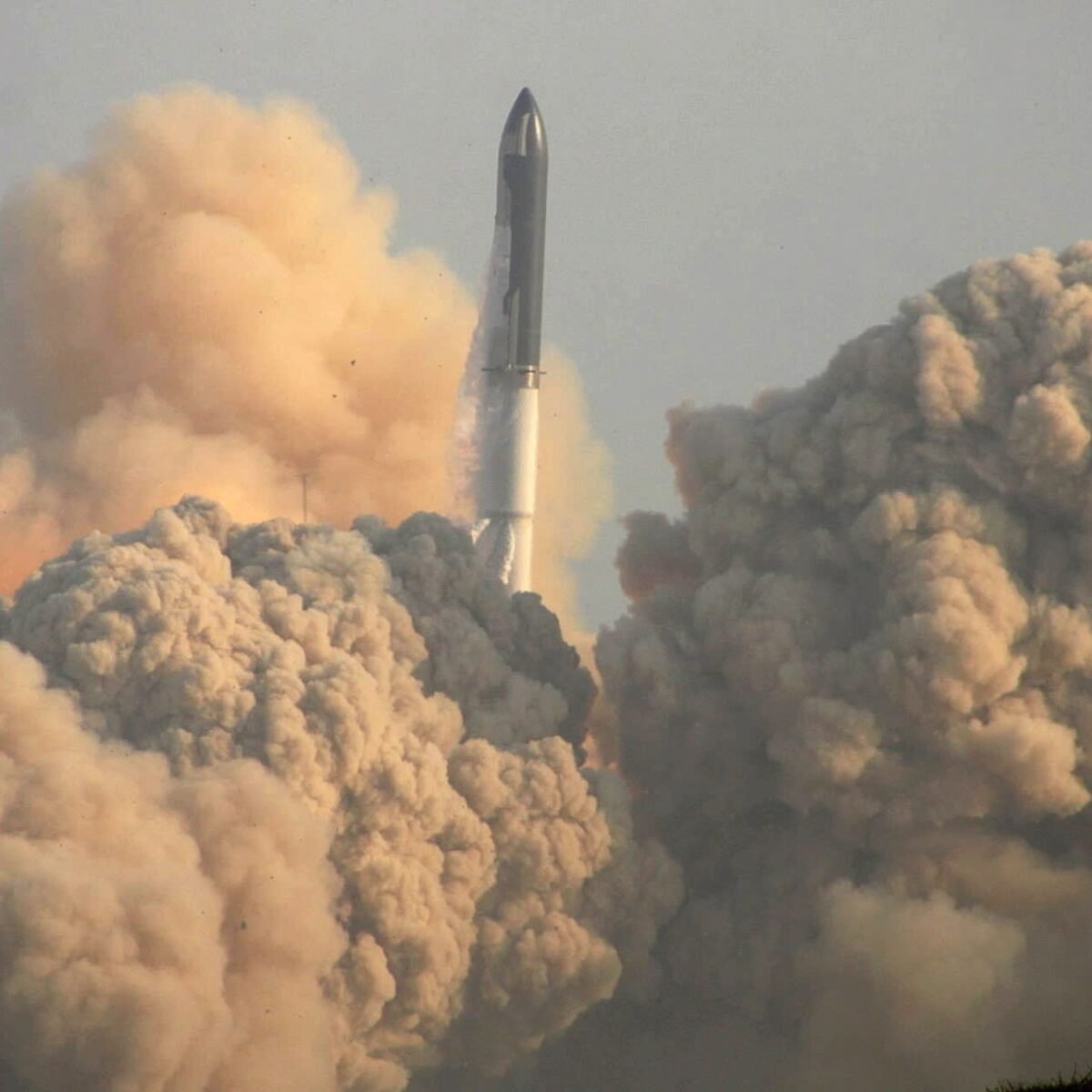Rachel Reeves’ Spring Statement may have been a low-key affair, but it did serve as another reminder that defence shares could have even further to rise.
The chancellor set out plans to make the UK a “defence industrial superpower”, committing to multibillion-pound increases in spending and investment for innovative technologies.
Investment themes are not always a cheerful affair, particularly those focused on issues such as defence, climate change or the ageing population. Partly for this reason, not all funds will seek to include them in a portfolio.
But there are options out there for investors who want a diversified take on a promising trend.
What is important, first of all, is to carry out the necessary due diligence and understand how they work.
Read more from Investors’ Chronicle
Promising themes
While there are all manner of investment themes to be tapped into, for now we will focus on defence, cyber security and space, three different areas that have been topical in recent years.
A handful of defence exchange-traded funds (ETFs) have surged this year, and the momentum hasn’t slowed much so far.
As the chart below shows, the Global X Defence Tech ETF (ARMG) is up by 21.5 per cent, with the VanEck Global Defence ETF (DFNS) up by 18.8 per cent and the Future of Defence ETF (NATO) returning almost 17 per cent.
Dedicated defence funds such as these can provide a more diversified play on the theme than simply buying a company such as Rheinmetall (DE:RHM) or BAE Systems (BA.) directly.
But the indices that these funds track can vary significantly, with big implications for the portfolios themselves.
The Global X fund tracks the Mirae Asset Defence Tech Index, targeting the top 50 global companies earning more than 50 per cent of their revenue from three sub-themes of cyber security, defence technology and advanced military systems and hardware.
The nuances of each index can be important. The Global X fund, for example, does not hold companies that manufacture commercial aircraft components, meaning it lacks exposure to companies such as Boeing (US:BA).

What’s more, such funds can vary widely by how concentrated they are. The recently launched WisdomTree Europe Defence ETF (WDEP) has a significant position in Rheinmetall. It accounted for around 18 per cent of the portfolio in early March, falling to a still substantial 12.9 per cent at the end of the month.
In early March, its top 10 holdings accounted for more than 80 per cent of the fund.
As our table below shows, the Global X fund is also heavily concentrated. It’s also worth noting that these funds also dip into areas such as cyber security, but are often still fairly focused on the industrial companies traditionally associated with defence.
| Name | Allocation to top 10 (%) | Number of holdings | Industrials allocation (%) |
| WisdomTree Europe Defence | 83.4 | 23 | 99.4 |
| Global X Defence Tech | 72.1 | 37 | 85.1 |
| VanEck Global Defence | 63.1 | 28 | 63.7 |
| First Trust Indxx Global Aerospace & Defence | 53.7 | 34 | ND |
| Future of Defence | 47.2 | 60 | 58.2 |
| Invesco Defence Innovation | 29.6 | 47 | 73.1 |
| ND: Not disclosed Source: Latest factsheets |
Regular funds buying defence
Exciting as an investment theme might be, there are good reasons why thematic ETFs attract plenty of criticism.
Some are simply too concentrated and can end up heavily invested in small and mid-cap shares, creating liquidity concerns.
Others, by contrast, can end up targeting a theme in too indirect a fashion.
Critics also argue that thematic funds often end up launching just as interest in a theme, and the price of related stocks, has hit a peak, setting investors up for an unwelcome time.
They also tend to be volatile investments, meaning they should serve as satellite positions in a portfolio at best.
Some investors might simply want to use them as inspiration for their own stock picks. There are, however, more varied ways to tap into this theme.
Critics argue that thematic funds often end up launching just as interest in a theme has hit a peak
Geopolitical events have spurred plenty of debate about whether environmental, social and governance (ESG) funds might start to hold defence stocks, but recent returns are likely to encourage plenty of conventional funds to buy into the sector, too.
Many funds will have only a small allocation to the sector, but Association of Investment Companies (AIC) data underlines that certain mainstream trusts have material exposure.
Schroder UK Mid Cap (SCP) has almost 11 per cent in defence stocks, with manager Jean Roche arguing that a “defence growth supercycle” is in progress.
Global Opportunities Trust (GOT) has a 7.8 per cent allocation via four different stocks, while UK income funds Law Debenture (LWDB), JPMorgan Claverhouse (JCH) and City of London (CTY) have 5.4 per cent, 4.7 per cent and 3.8 per cent weightings, respectively. It’s likely that others will follow suit if the sector continues to produce strong returns.
Final frontier
Space exploration is another area that has attracted attention in recent times, thanks in part to the progress made by Elon Musk’s SpaceX.
This is another theme already targeted by several funds, although their somewhat erratic journey points to the volatile nature of thematic investing.
HANetf merged a space ETF into its Future of Defence fund last year after the former failed to gather substantial assets, although the VanEck Space Innovators ETF (JEDG) still exists.
It targets companies involved in satellite equipment, communication solutions, exploration and space travel and tourism and has just 25 holdings, including the likes of AST SpaceMobile (US:ASTS), Hanwha Aerospace (KP:012450) and EchoStar (US:SATS).
Some 46 per cent of the portfolio is in industrials, with 42 per cent in communication services companies and 11 per cent in information technology.
Returns have been enormous at times in recent history, although the trajectory has been pretty uneven.
The fund made a 5.4 per cent sterling total return in 2023 (versus 16.8 per cent for the MSCI World Index) and an impressive 44.8 per cent return in 2024, but has lost around 1.5 per cent in the first quarter of 2025.
Seraphim Space (SSIT), which our IC Alpha investment trust report recently profiled, is also something of a racy option. It launched to great excitement in summer 2021, to the extent that the shares quickly moved to a big premium.
However, like other portfolios of unlisted growth assets, Seraphim suffered badly when markets turned, with shareholders losing 64 per cent in 2022 alone. Despite a rapid recovery, someone who had invested at the 2021 initial public offering would still be down to the tune of around 46 per cent now.
Seraphim focuses on private companies that it thinks could come to dominate in areas such as global security, cyber security, food security, climate change and sustainability
Seraphim focuses on private companies that it thinks could come to dominate in areas such as global security, cyber security, food security, climate change and sustainability, and it’s a concentrated portfolio with 89 per cent of its assets tied up in the top 10 holdings.
These include miniaturised satellite operator ICEYE on a 20 per cent weighting, orbital transport specialist D-Orbit on 14.6 per cent and All.Space, which is developing an antenna capable of connecting to any satellite, on 12 per cent.
Seraphim’s returns are something of a mixed bag, so it’s one for a patient, adventurous investor.
Stifel analysts recently noted that IPOs of companies held in the portfolio were proceeding at a slower pace than first expected, meaning the fund is taking longer to bear fruit. Still, this might be a good way in which to capitalise on emerging market leaders in a promising sector.
Finally, it should also be noted that space portfolios such as this, courtesy of the type of companies they hold, could also benefit from the defence boom.





